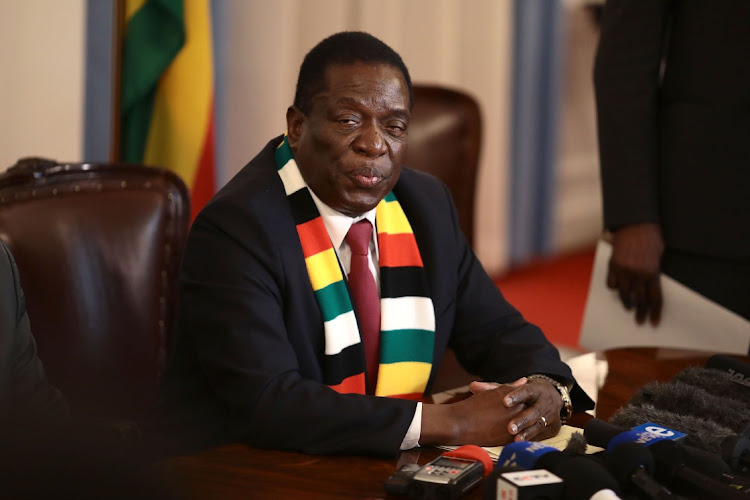ZIMBABWE is embarking on a journey to repair its image, which was battered by the Western media over the years through negative publicity.
The assault on its image perception by the West followed the land reform programme, which the government launched in 2000. Under the Fast Track Land Reform programme, the government compulsorily acquired excess agricultural land from former white commercial farmers and redistributed it to the black majority from whose ancestors it had been forcibly taken by white settlers.
The programme attracted the wrath of the British, whose kith and kin were directly affected. Britain sold the dispute to other Western countries and the United States, mobilising them to impose sanctions on the country as punishment.
In addition to serving as retribution to force the government to stop and reverse the move, the sanctions were also meant to hurt the ordinary citizens so that they could revolt against the government and remove it from power, replacing it with one, which would be subordinate to the West.
Deliberately forgetting that the issue of land was one of the central reasons behind the Zimbabwean war of liberation, the Western media criticised the land reform exercise as a “populist” move, which was certain to take the country back to the dark ages.
Slapped with travel restrictions, ruling party officials could not travel to Western capitals to explain the policy and dispel the negative narrative, which was being peddled.
Through the negative media onslaught, Zimbabwe earned numerous names including pariah state, while the government was accused of innumerable crimes, including alleged human rights abuse, disregarding the rule of law, being autocratic, intolerant to opposing voices and many other odious labels that caused it to be shunned and isolated by the community of nations.
The government of former President Robert Mugabe, however, devised means to get around the isolation and sanctions, including adopting the Look East Policy through which it sought alternative allies and markets in Asia, including China, India, Iran, Malaysia and Russia. China and Russia proved to be worthy friends when in 2002, the United Nations General Assembly wanted to impose sanctions on Zimbabwe and the two countries vetoed the resolution.
Following his election into office, President Emmerson Mnangagwa, pictured, made it known that he would be taking the country on a new trajectory, declaring that the country would be “friend to all and enemy to none”. Through the engagement and re-engagement policy, the country is seeking to establish relations with new friends, revive ties with those who had broken ranks with it, and keep those friends who have stood by it during difficult times.
The pragmatic approach has not been without its critics, as Mnangagwa has been accused of insincerity since he served in the previous administration, which is blamed for all the misfortunes which the country is grappling with. It is, however, public knowledge that towards the end of his reign, Mugabe was not amenable to criticism, which led serving veterans in the military to intervene and assist his ruling party to remove him and replace him with Mnangagwa in November 2017.
When he assumed the reins, Mnangagwa made it clear that he wanted to correct all the mistakes, which the previous government had made, and which led the country to be treated as a pariah and be isolated from the community of nations.
Since then, Mnangagwa has been working resolutely to impress on the world that his administration was pursuing a changed narrative on both domestic politics and foreign relations. This outward thrust is characterised by the adoption of various mantra and dictum including.
“Zimbabwe is open for business”, “Leaving no one and no place behind”, “Nyika inovakwa nevene vayo” (a country is built by its people), building the country “brick by brick and stone upon stone” and “being a friend to all and enemy to none”.
Mnangagwa was also quick to clear the air on the contentious issue of the land reform programme, declaring that it was a closed chapter, which would not be reversed, thereby putting paid to expectations that he would differ with his predecessor on the matter.
It is against this background that the government on September 5 launched the Brand Zimbabwe initiative, whose aim is to redefine the country to promote unity, social coherence, investment, development and prosperity.
In order to repair its battered image, the country wants to pronounce its policies, values, aspirations and viewpoints for the world to understand where it is coming from, where it is, and where it is going. In an effort to involve everyone in finding the best way of rebranding the country, the government last Friday met captains of industry and commerce to get their input.
Addressing the meeting, Information, Publicity and Broadcasting Services minister Monica Mutsvangwa, whose ministry is leading the rebranding project in partnership with AGOS Consultants, said there were many good things, which the country was known for in the past, which it could use as its brand. — New Ziana
